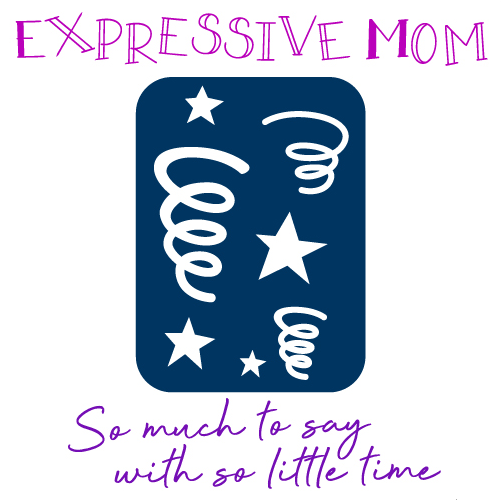Photo by Pixabay
Puppy First-Year Timeline
A puppy’s first year of life is so full of changes that they seem to happen right before your eyes. Soon, the tiny, wriggling bodies turn into amusing, four-legged explorers who can get into trouble as soon as your back is turned. The gradual progression of newborn to adolescent to fully matured dog can be broken down into stages. Below, we’ll briefly go over these distinct puppy phases, several developmental milestones, and the importance of starting training early.
The first stage of puppy development is birth to four weeks old. The litter of pups is completely dependent on the mother. Their movement is limited as they spend most of the time sleeping except to nurse from mom numerous times throughout the day.
A remarkable milestone during this phase is a massive growth spurt, as their body weight can double in just a few days. They’ll also sprout fur, cut teeth, open their eyes, and attempt to crawl. Puppies this young are susceptible to illness and should avoid contact with other dogs or people.
During the next stage, the pups are four to eight weeks old. Their growth continues quickly despite the mom beginning to wean them from her milk. Solid foods are introduced gradually until they are fully weaned. The little ones become much more mobile and social during this time, yet they are noticeably fearful when encountering new stimuli. A vet exam and first vaccinations are scheduled during this phase, and potty training may also begin. At eight weeks, the puppies may be ready for their new homes.
From two to three months old, most puppies enter what is referred to as a “fear period.” At this time, the young pups are very impressionable and may form strong attachments to people. A scary or negative experience may influence behaviors and even create phobias for the rest of their lives.
Their new families should do all they can to avoid the dog becoming frightened or hurt. Praising good behaviors and positive interactions is also essential. Obedience training and careful exposure to new experiences can be very constructive in developing certain lifelong behaviors, such as calmly riding in the car and listening to commands.
A wild amount of energy often characterizes the next stage. When they hit three to six months old, puppies are energetic, grow rapidly, and gain better control of their bodies. Sometimes, they might overdo it and must lay on a cooling pad to avoid overheating.
While many pups gain more confidence at this age, some may go through another fear phase. Handling these changes should be done delicately and patiently. Owners should continue to familiarize the pup with new things, such as bathing, touching their paws, and visiting the vet for additional health screenings and vaccinations.
The final stage of puppyhood is six to 12 months, although it may be longer for some breeds to reach physical and emotional maturity, mainly due to size. The switch to adult food and toys can be made at this time or according to the vet’s instructions.
Dogs may now be spayed or neutered, depending on their development. Temperament and personality traits can be observed, typically lasting throughout their lifetime. Routine exercise and training are crucial as the pup learns its place in your family and becomes a well-behaved, happy dog.
Looking for more information on puppyhood or training your newest addition to the family? Check out the accompanying resource from Green Pet for a handy timeline of puppy’s first year.
Author bio: Krista Green is Marketing Manager at Green Pet. As a dog mom, Green knows the responsibility of caring for our pets. After years in media, she brought her editorial efforts to the pet industry and loves that Green Pet stands for putting our pets and the planet first.
Resources
https://drive.google.com/file/d/176-Dilqtdosogh8I1GkwayEcrcTE8KMx/view?usp=sharing
https://be.chewy.com/what-to-expect-the-first-year-with-your-new-puppy
Graphic created by Green Pet.



Connect With Me !